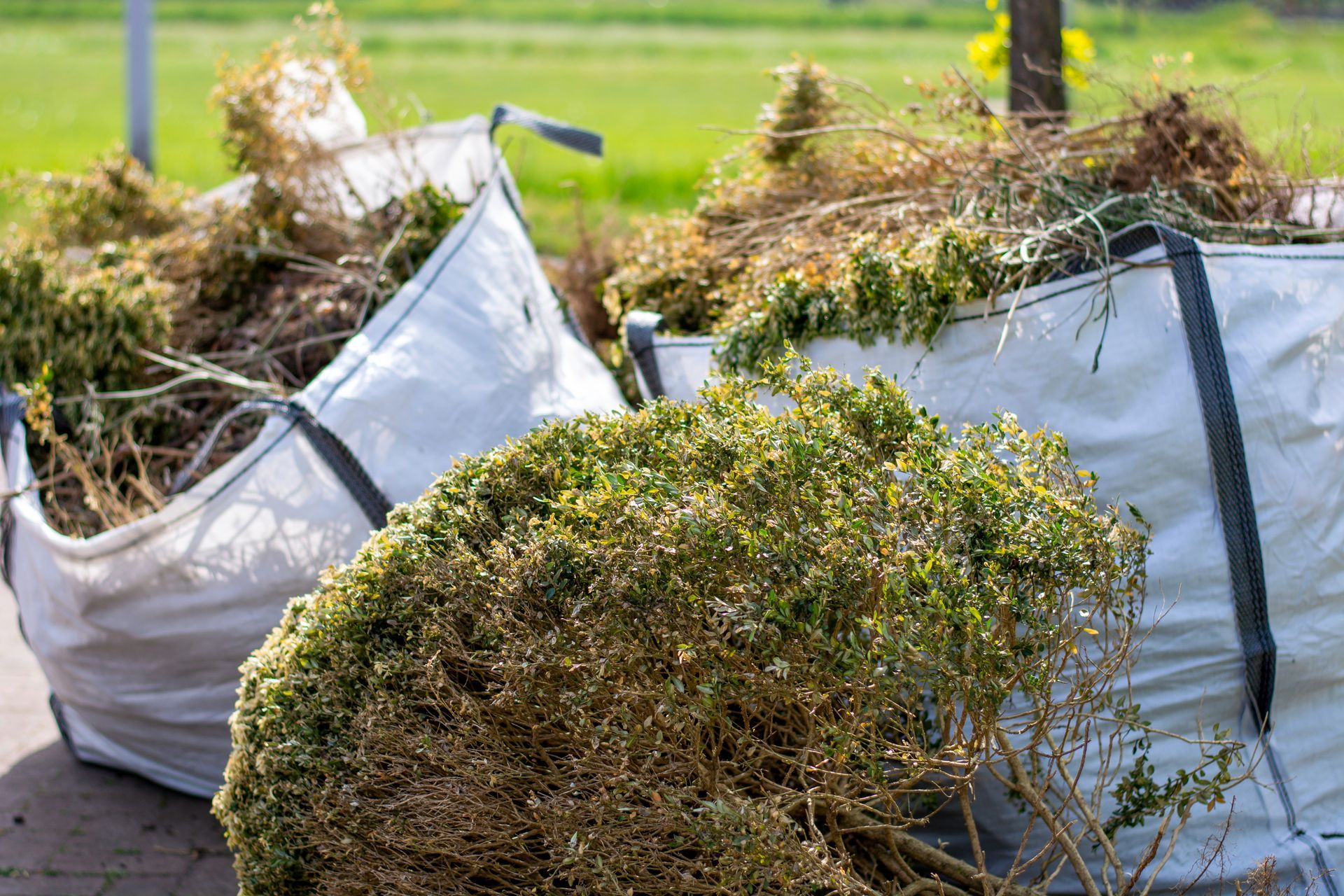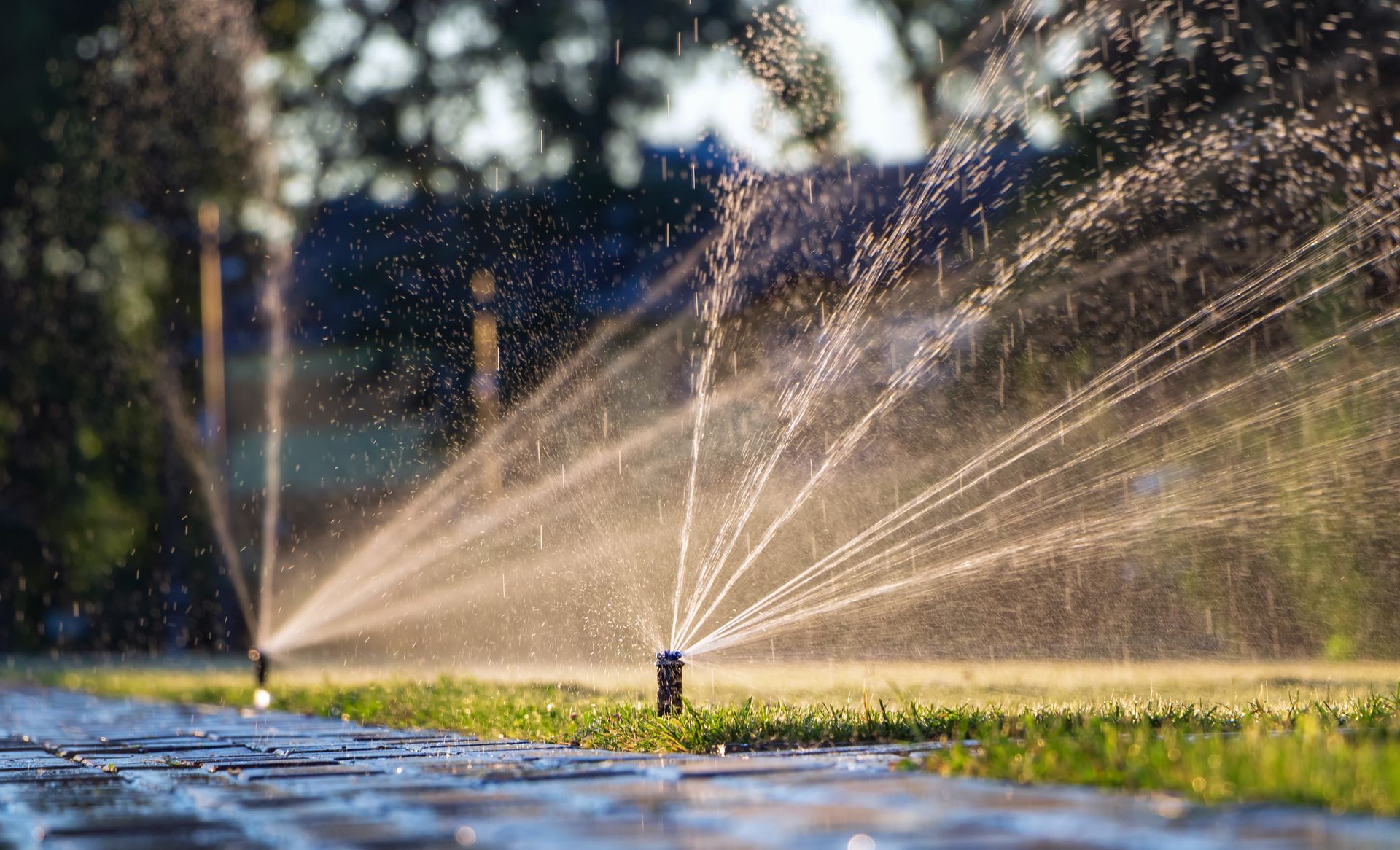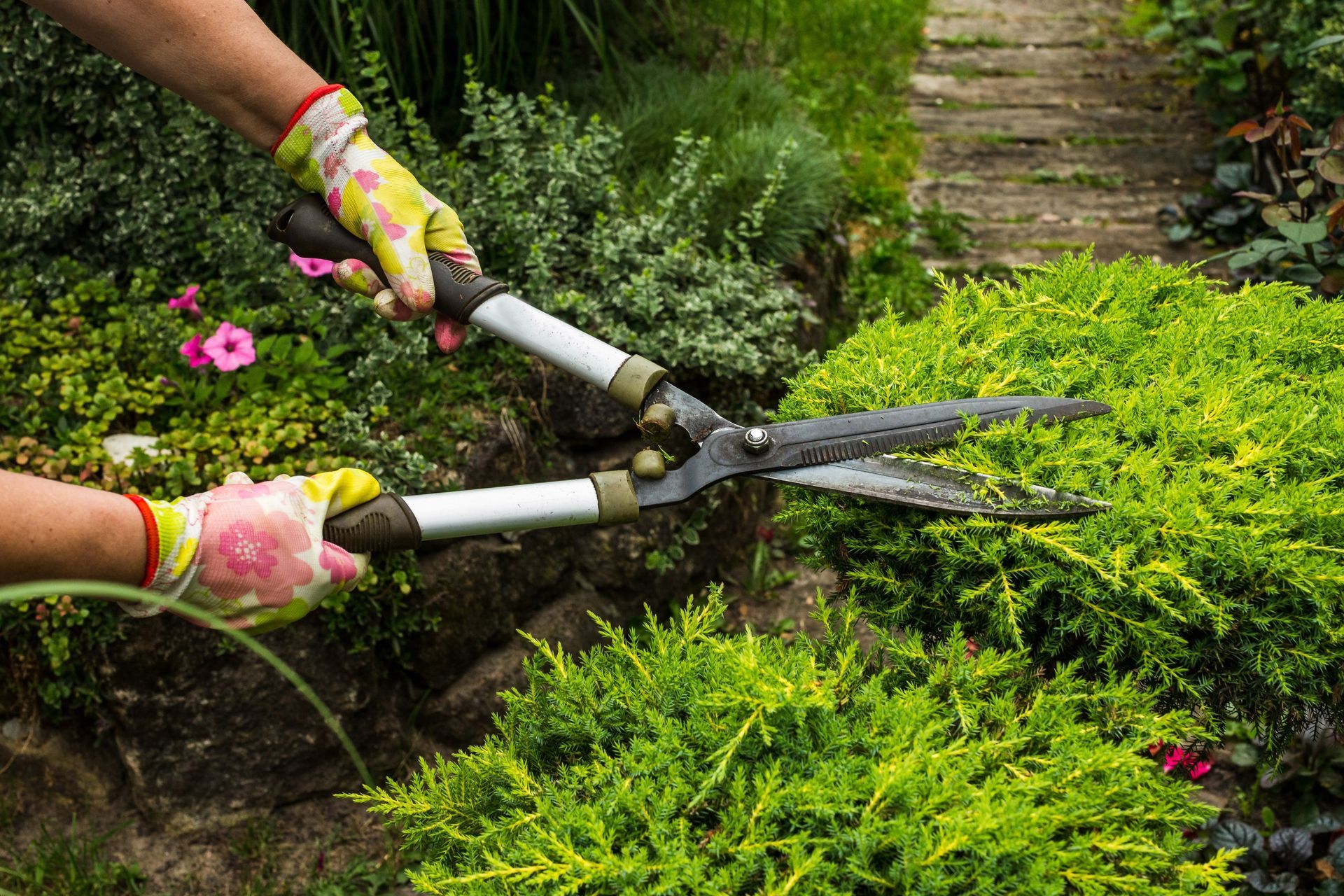Planting Fruit Trees in Southern Ontario: FAQ Guide

Fortunately, the GTA and surrounding regions offer a favourable climate for growing a variety of fruit trees, but successful cultivation requires choosing the right species and understanding local growing conditions. This guide will answer your most common questions about planting fruit trees in Southern Ontario, providing you with the knowledge you need to create a thriving home orchard.
What Are the Best Fruit Trees to Plant in Southern Ontario?
Southern Ontario’s climate is well-suited for several fruit tree varieties. Some of the best options include:
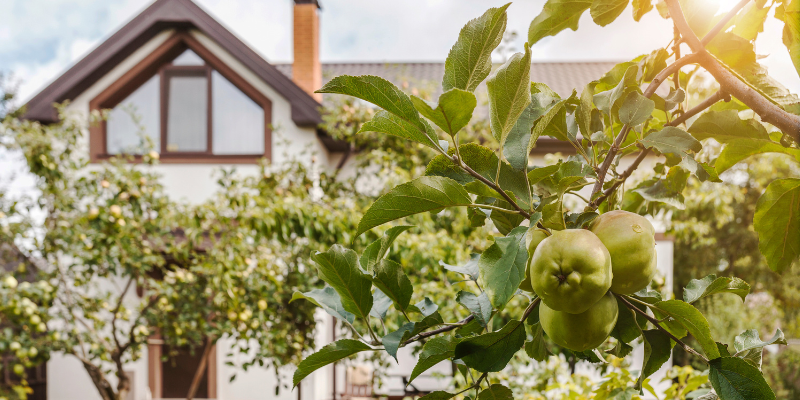
- Apple Trees: Varieties such as Honeycrisp, Gala, and McIntosh are well-adapted to Southern Ontario. These trees thrive in full sun and well-drained soil, with cross-pollination between different varieties boosting fruit production.

- Pear Trees: Hardy varieties like Bartlett and Bosc are excellent choices. They prefer slightly acidic, well-drained soil and require cross-pollination, making it necessary to plant more than one variety.

- Cherry Trees: Both sweet (e.g., Stella, Bing) and sour (e.g., Montmorency) cherry varieties do well. Sour cherries are generally more cold-resistant and self-pollinating, while sweet cherries benefit from cross-pollination.
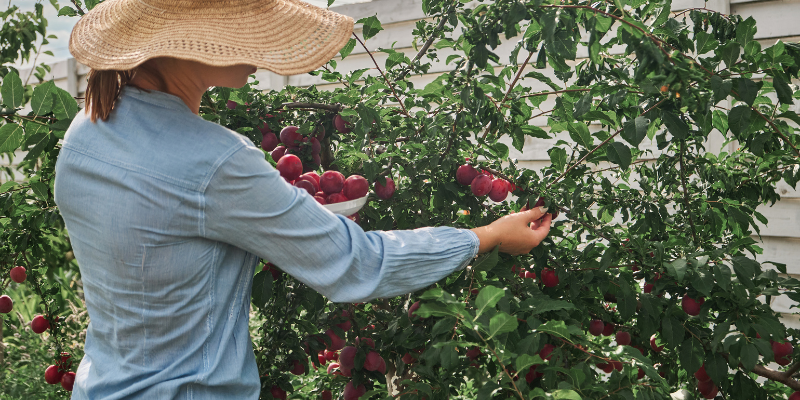
- Plum Trees: European plums like Stanley and Japanese varieties such as Santa Rosa thrive here, offering long harvesting periods.

- Peach Trees: Varieties like Redhaven and Contender are popular, needing full sun and protection from late frosts.
When Is the Best Time to Plant Fruit Trees in Southern Ontario?
The best times to plant fruit trees in this region are spring and fall. Spring planting benefits from moderate temperatures and increased rainfall, which encourages strong root growth. Fall planting allows trees to establish roots before winter, leading to robust growth in the following spring. Avoid planting in the heat of summer or the cold of winter to prevent stress on the trees.
How Should I Prepare the Soil for Planting Fruit Trees?
Fruit trees thrive in well-drained, moderately rich soil with a slightly acidic to neutral pH. Before planting , test your soil’s pH and amend it if necessary. Adding compost or well-rotted manure can improve soil fertility and drainage. In areas with heavy clay soil, consider planting on a slight mound to improve drainage and prevent root rot.
How Much Sunlight Do Fruit Trees Need?
Most fruit trees require full sun to produce the best yields, which means at least six to eight hours of direct sunlight per day. Plant your trees in an area that is not shaded by buildings or other trees to ensure they receive adequate light.
Think of where many fruit cultivars come from: the Mediterranean and warm Asian climates – recreating these conditions as best as you can will help your chances of success.
What Are the Pollination Requirements for Fruit Trees?
Pollination is crucial for fruit production. Some fruit trees, like apple and pear trees, require cross-pollination from another variety to set fruit. Other trees, such as peach and sour cherry trees, are self-pollinating and do not require a second tree for fruit production. Check the pollination needs of your chosen varieties and plant accordingly to ensure a bountiful harvest.
How Often Should I Water Newly Planted Fruit Trees?
Newly planted fruit trees require consistent watering to establish strong roots. Water deeply once a week, ensuring the soil remains moist but not waterlogged. During hot, dry periods, increase watering frequency. Mulching around the base of the tree helps retain moisture and reduce competition from weeds.
How Do I Protect My Fruit Trees from Pests and Diseases?
Regular monitoring and maintenance are key to protecting fruit trees from pests and diseases. Prune trees annually to improve air circulation, which reduces the risk of fungal diseases. Use natural pesticides and fungicides as needed, and consider installing barriers or nets to protect fruit from birds and insects. Cleaning up fallen fruit and leaves can also prevent pests from overwintering in your garden.
What Pruning Practices Should I Follow for Fruit Trees?
Pruning is essential for maintaining tree health and maximizing fruit production. Prune fruit trees during their dormant season (late winter or early spring) to remove dead or diseased branches, shape the tree, and improve sunlight penetration. Regular pruning encourages strong, healthy growth and helps prevent the spread of diseases.
How Long Does It Take for Fruit Trees to Bear Fruit?
The time it takes for fruit trees to bear fruit varies by species and variety. For example:
- Apple Trees: 2-5 years
- Pear Trees: 4-7 years
- Cherry Trees: 3-5 years
- Plum Trees: 3-6 years
- Peach Trees: 2-4 years
Proper care, including regular watering, pruning, and fertilization, can help trees reach maturity and produce fruit sooner.
Are There Any Special Considerations for Growing Fruit Trees in Urban Areas?
Urban gardeners can successfully grow fruit trees by selecting dwarf or semi-dwarf varieties, which require less space. Ensure that the planting site has adequate sunlight and is away from pollution sources, such as busy roads. Consider the potential for cross-pollination with other trees in the neighbourhood to ensure fruit set.
How Can I Maximize Fruit Yield in Southern Ontario?
Maximizing fruit yield involves several key practices:
- Proper Spacing: Give trees enough room to grow without competition for light and nutrients.
- Fertilization: Apply balanced fertilizer in early spring to promote growth and fruit development.
- Thinning Fruit: Remove some of the developing fruits early in the season to improve the size and quality of the remaining fruit.
- Pest and Disease Management: Keep trees healthy with regular inspections and timely interventions.
You can also hire a professional for ongoing tree and landscaping services to get the best results.
Work With a Landscaper to Grow Your Own Fruit Today
Planting fruit trees in Southern Ontario is a fantastic way to enjoy fresh, home-grown produce and add a little natural beauty to your yard. With the right tree varieties, a good understanding of the local climate, and some solid gardening practices, you can create a thriving orchard right at home. And if you need expert advice or want some professional help to get started, Breakaway Landscaping is here to assist. Let’s make your backyard both fruitful and beautiful!
Contact us to get started today!
The post Planting Fruit Trees in Southern Ontario: FAQ Guide appeared first on Breakaway Landscaping.





